We know, there’s no such thing as a stupid question. But there are some questions you might not want to ask your local shop or riding buddies. AASQ is our weekly series where we get to the bottom of your questions – serious or otherwise. Hit the link at the bottom of the post to submit your own question.
Welcome back to Bikerumor’s Ask A Stupid Question series. This week we’re keeping it short and sweet, focusing the spotlight on something important to all riders; handlebar position. If you’ve never played around with bar roll, it could definitely be worth experimenting with to find the most confidence inspiring position. If the bar roll is slightly out, it can have a significant impact on the bike’s handling. This week, we put your question to the experts at Fasst Co, Burgtec, Ritchey and FUNN in order to find out the roll position their bars are designed to be ridden in.
- Jason Parsons, Sales Manager at Fasst Co
- Dan Critchlow, Head Honcho and Potions Master at Burgtec
- Fergus Liam, US Marketing Manager at Ritchey Logic
- Dominic Loh at FUNN
I am having an argument with a friend on how riser bars are supposed to be installed in terms of roll angle. My view is that the default position is to have the rise parallel to the forks (at least for MX, that is clearly how it is supposed to be). My friend thinks the rise should be vertical to the ground. While clearly you can ride anything in between (and probably beyond), it would be interesting to hear what the design intention is from people who actually design handlebars.
Fasst Co: This is a really good question. We have a lengthy background in MX and spend more time than any other brand helping MX riders find the right bar bend. In short, we agree that the bar should be positioned as close to the plane of the front forks as comfortably possible.
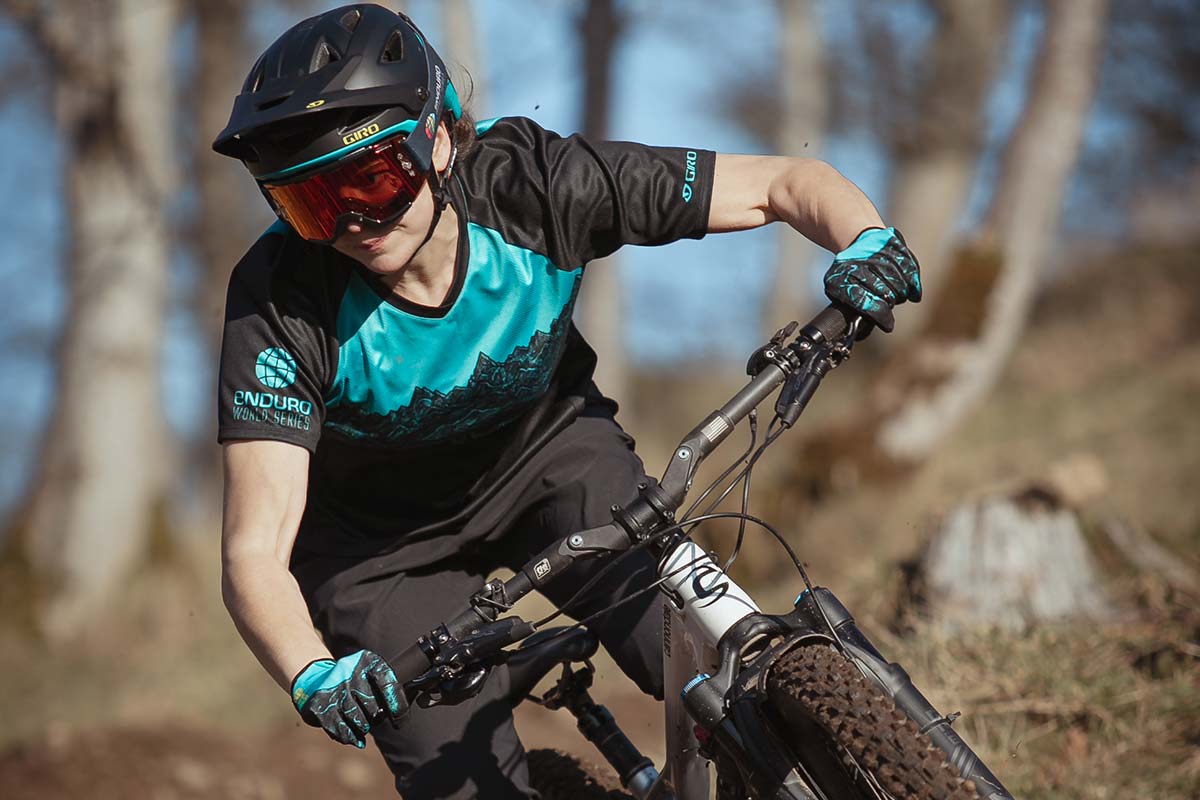
Imagine you have your bar positioned neutral, as you start to roll that bar forward, the back sweep of the bar starts turning into the rise of the handles, which can create comfort issues. Rolling your bar can also make it tough to keep your elbows up. Obviously, you have a couple degrees of wiggle room to roll the bar forward or back, but from an ergonomic standpoint, if you’re rolling the bar drastically forward or back, there’s likely a better bar bend out there for you and the riding you’re doing.
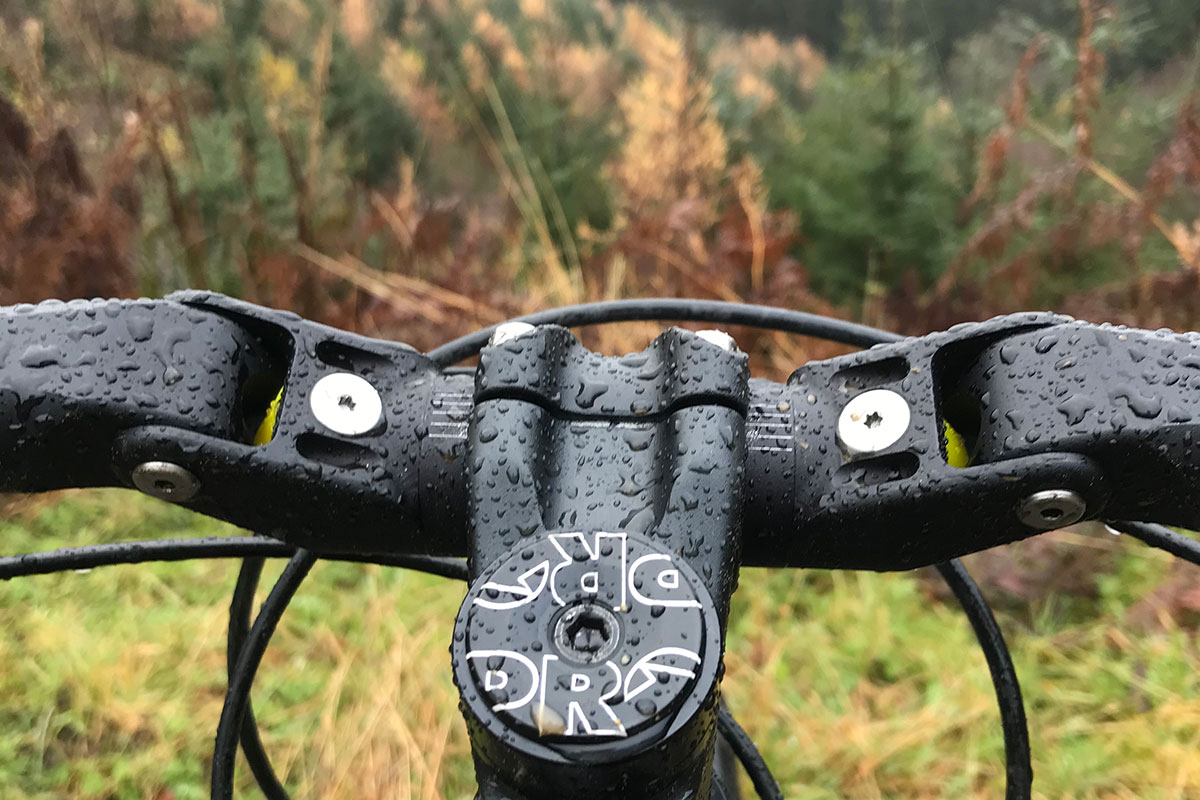
With a traditional handlebar it may not matter much if a rider rolls the bar drastically, as long as they’re comfortable. But with the Flexx Ba, you’ll get the best performance running the bar close to the plane of the front fork. Your handlebar is one of the main touch points between the bike and rider. If your handlebar is in an awkward position it can be hard to find comfort and confidence in the front end.
Burgtec: We designed our bars to be ran completely neutral. Running the bars in the neutral setting allows the rider to make the most of our back and up sweep. Sure, every rider is different and they may choose to slightly adjust their bars a little bit forward or back from neutral.
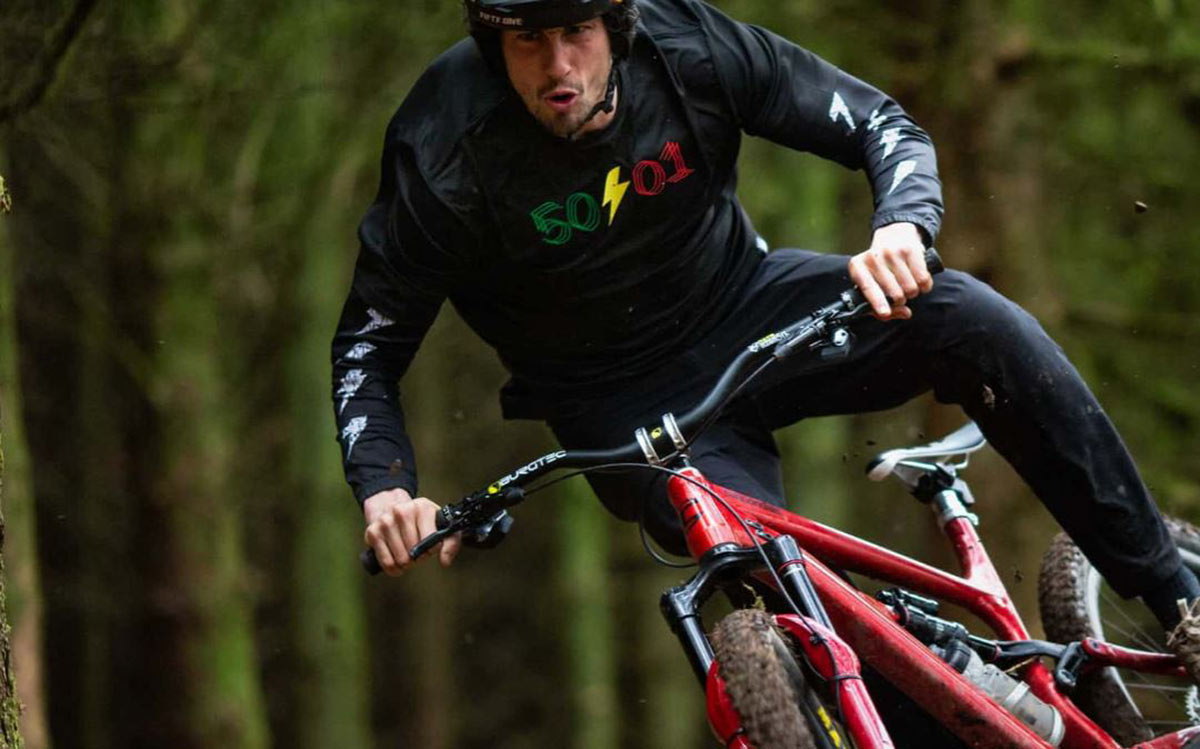
But. in the main, everything is very close to neutral. If the rider tips the bar too far forward it could be that they’re trying to increase the size of the cockpit so should perhaps consider a longer stem or perhaps even a bigger frame.
Getting your bars set up correctly is absolutely crucial and can make a huge difference to the handling of your bike. This year’s World Champion Greg Minnaar uses our handlebars and he is incredibly particular about his handlebar set up. He will set up his bars at the Team testing camp in February/March and won’t adjust the bars all year once he’s happy with the set up! A lot of set up is really down to personal preference and whatever works for the rider.
Ritchey: Generally, designs occur with the presumption the bar is on an X/Y axis in relation the ground. So, if we’re considering sweep, it’s on a plane level to the ground. Similar principles apply when considering rise and flare. However, this is mostly an aesthetic starting point.
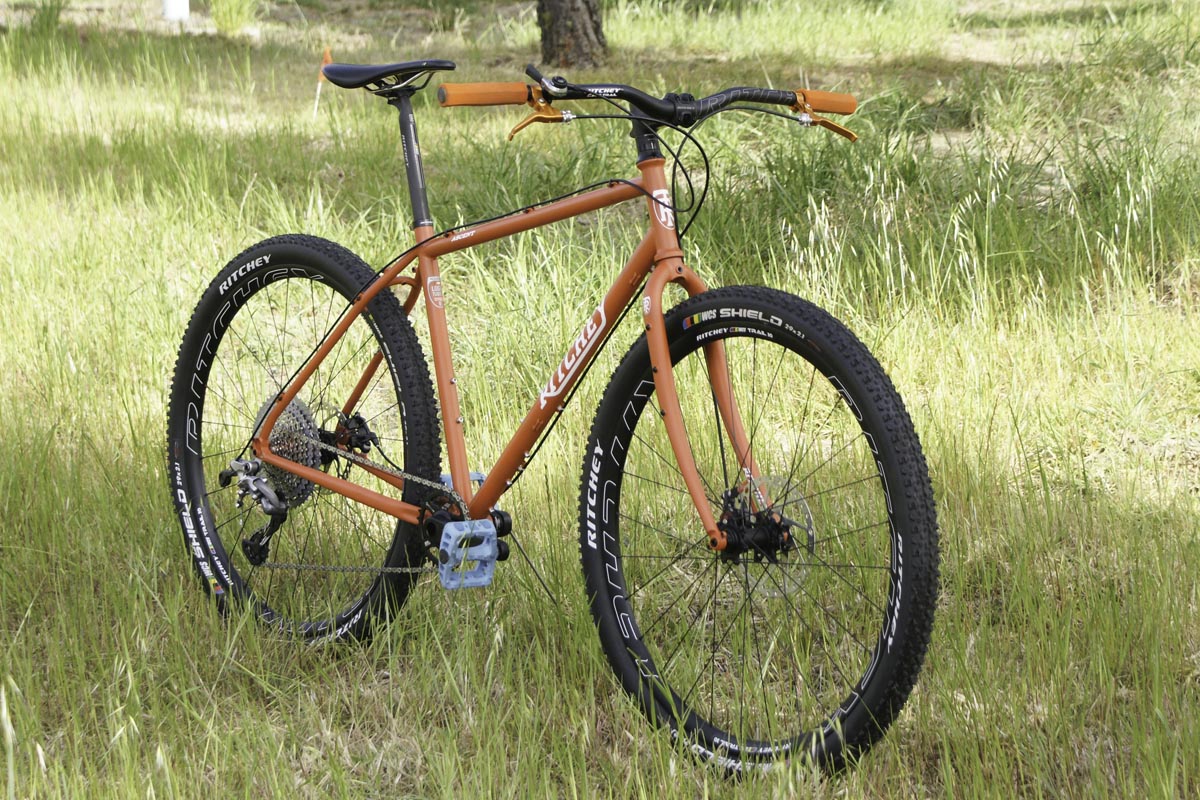
Ride your bars how you feel most comfortable! Everybody is different and having a level bar with sweep doesn’t always work for everyone. An anecdote I have is this: one time I lined up for a crit and one of my buddies informed me the bottom of the drop should be level with the ground and not angled slightly up as I had them. I told him it was more comfortable this way, and Tom (Ritchey) didn’t care how I rode them as long as I enjoyed the ride.
FUNN: The rule of thumb for the default position has been the rise is parallel to the forks, after which, it is really about tuning it to your preferred comfortable setting. If you look at most bar markings on the angle, it is pretty much that.
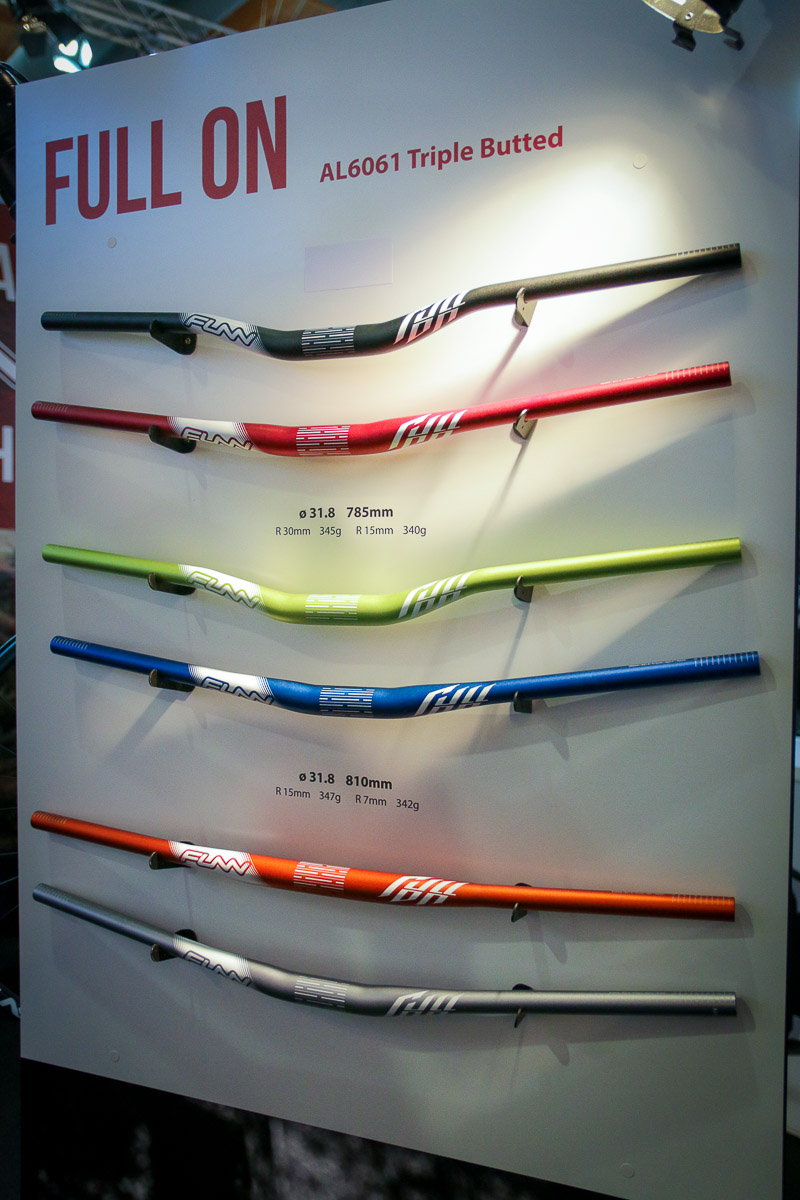
Got a question of your own? Click here to use the Ask A Stupid Question form to submit questions on any cycling-related topic of your choice, and we’ll get the experts to answer them for you!

